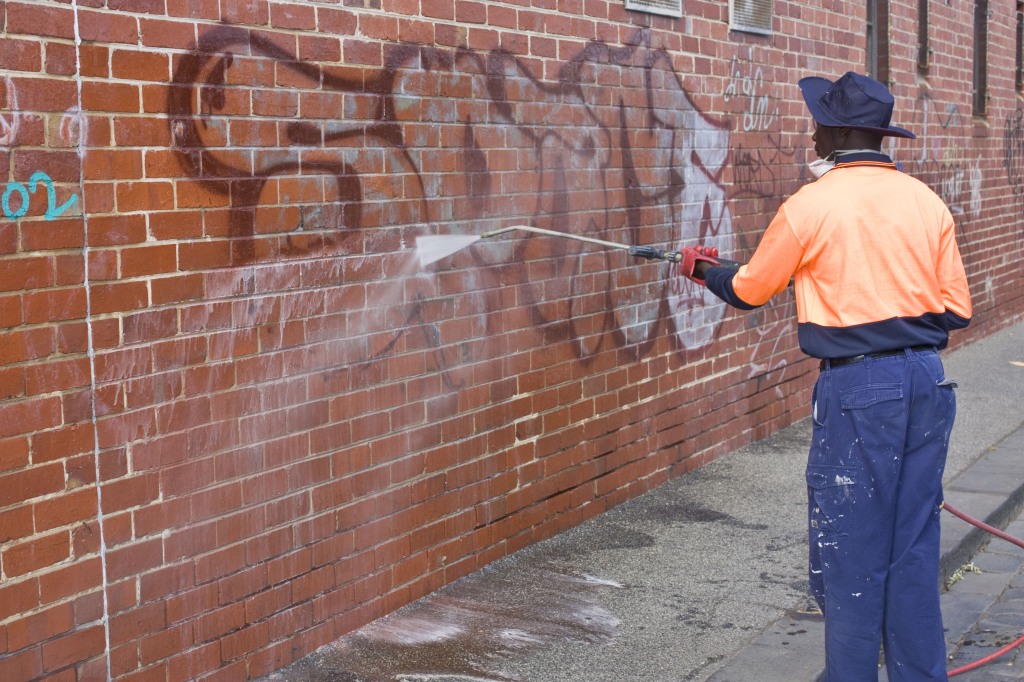Graffiti Removal: A Comprehensive Guide for Urban Explorers
Urban exploration is all about immersing yourself in the hidden gems of the city, uncovering its vibrant culture and history. However, one aspect that can sometimes dim the beauty of these urban landscapes is graffiti. While street art may be appreciated by some, there are instances where it becomes necessary to restore a clean canvas. In this article, we will delve into the world of graffiti removal and provide you with a comprehensive guide on how to handle this delicate task as an urban explorer.
1. Understand the Different Types of Graffiti
Before jumping into removal techniques, it’s important to understand that not all graffiti is created equal. There are different types such as tags (simple signatures or initials), throw-ups (quickly executed bubble letters), and pieces (elaborate murals). Each type requires a unique approach when it comes to removal.
2. Act Swiftly
The key to successful graffiti removal lies in acting swiftly. The longer the paint sits on a surface, the harder it becomes to remove completely. As an urban explorer who stumbles upon unwanted artwork during their adventures, make sure to report any newly appeared graffiti promptly so that local authorities can take action quickly.
3. Seek Permission
If you come across private property with offensive or unsolicited graffiti, seek permission from the property owner before attempting any form of removal. Some owners might have specific procedures in place or may want professionals involved for restoration purposes.
4. Test Cleaners on Small Areas
When removing graffiti from public spaces or abandoned buildings where no permission is required, start by testing different cleaning products on small areas first. This will help determine which ones work best without causing damage to the underlying surface.
5. Pressure Washing Techniques
Pressure washing can be an effective method for removing large-scale painted murals or tags from concrete walls and other hard surfaces like metal fences or bridges. Adjusting the pressure and using hot water, along with specialized cleaning agents, can yield optimal results. However, exercise caution to avoid damaging delicate or historic surfaces.
6. Chemical-based Cleaners
Chemical-based cleaners are often used to remove graffiti from different types of surfaces. Always read the instructions carefully before applying any chemicals and wear protective gear such as gloves and goggles. Commonly used solvents include acetone, paint thinners, or commercial graffiti removers.
7. Environmentally Friendly Options
For environmentally conscious urban explorers, there are several eco-friendly alternatives available in the market that effectively remove graffiti without causing harm to the surroundings. These products are typically made from biodegradable ingredients and non-toxic substances.
8. Seek Professional Help if Needed
In some cases, removing graffiti may require professional assistance. This is especially true when dealing with delicate or historically significant structures where improper removal techniques could cause irreversible damage. Consult local restoration experts who specialize in graffiti removal for their expertise.
Remember that while removing unwanted artwork is important for maintaining a clean environment, it’s essential to respect genuine street artistry and murals created with permission. Urban exploration should always be carried out responsibly, appreciating both sides of this artistic coin – preserving history and acknowledging creative expression.

Leave a comment